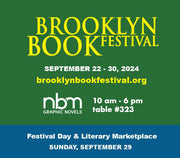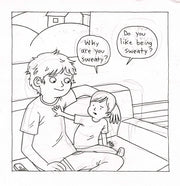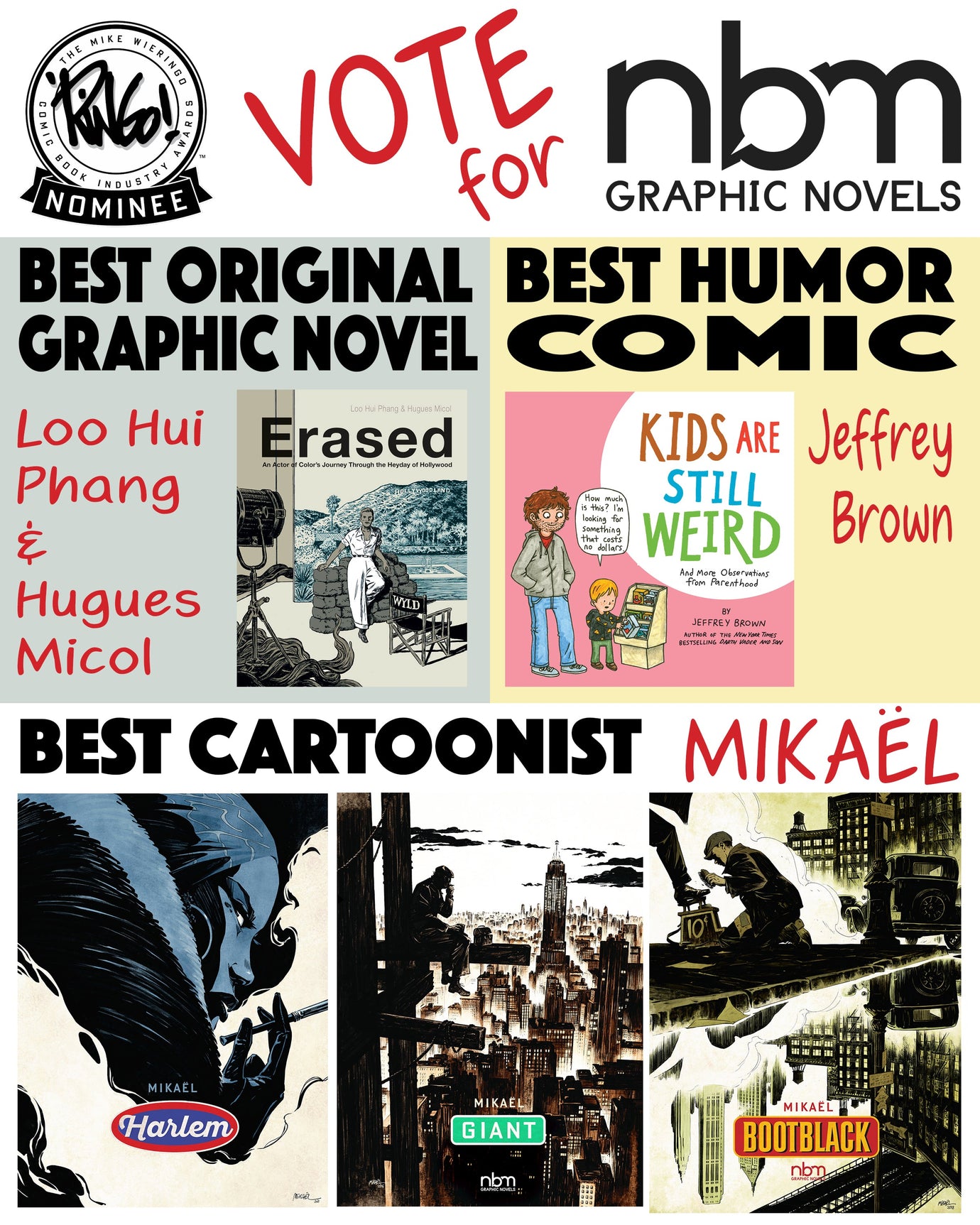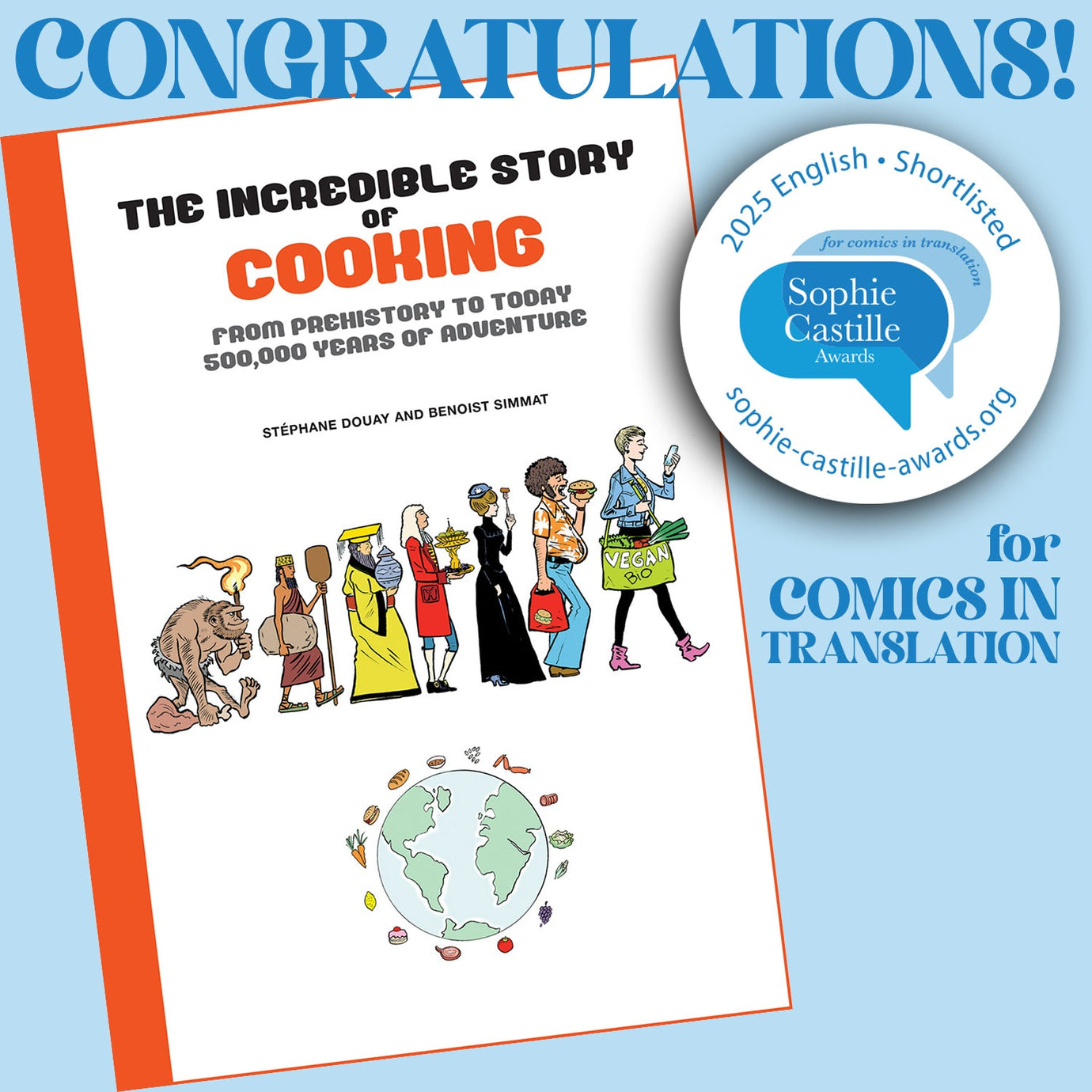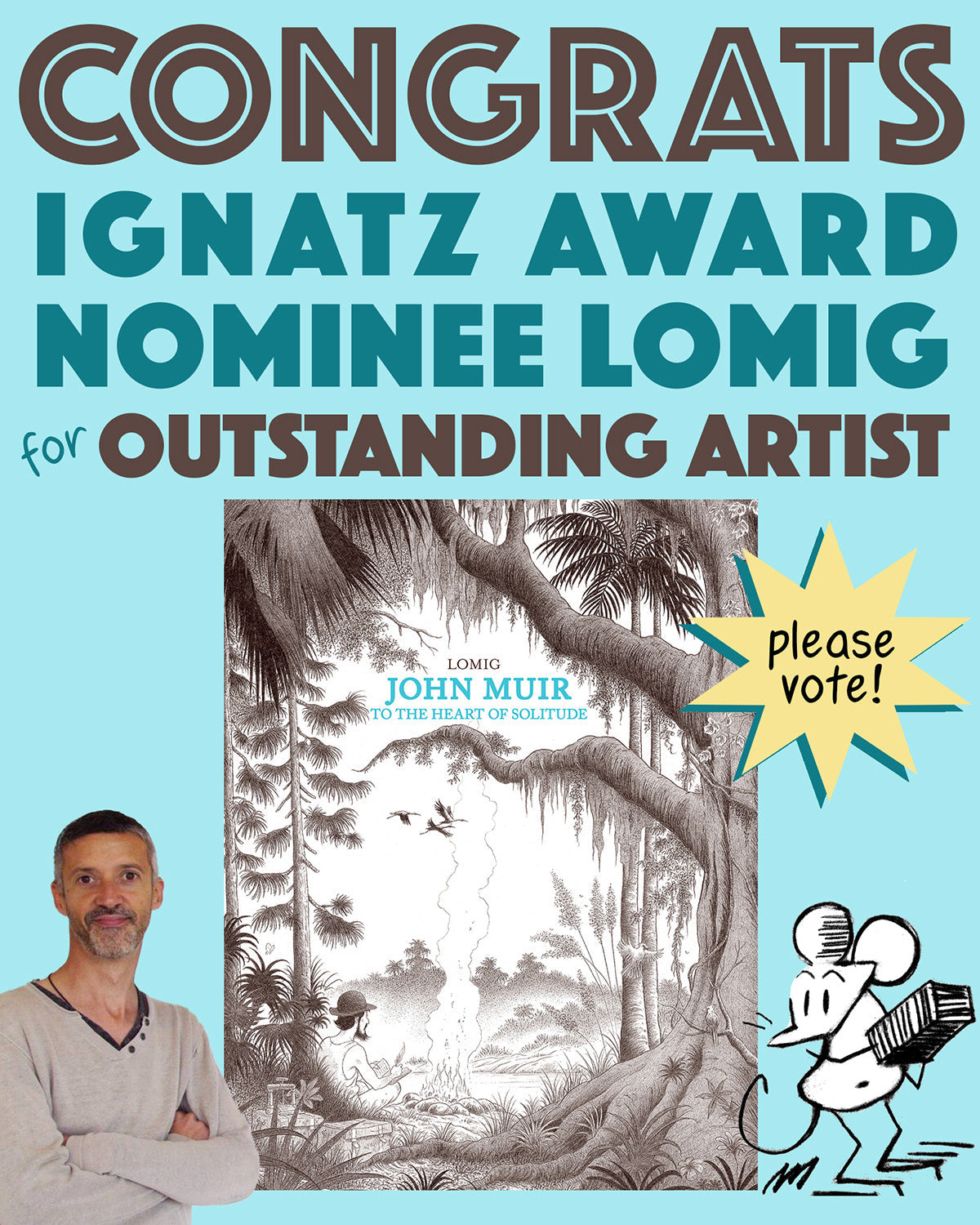Once I've got my page pencilled, inked, and erased - and I've got all my bursh pens ready to go - I can get to coloring



I use layering to get colors and shading down. You might notice the colors are pretty loose in terms of staying within the lines, more on that later. As I mentioned in part 3, I use Faber-Castell Pitt artist brush pens to color. I've been using these pens for almost twenty years and feel like I can get a lot out of them in terms of getting the effects and shades I want. The one downside is the minimal selection of lighter colors...if I was less OCD, I'd probably use other pens to compliment and cover exact colors, but I tend to feel more comfortable setting up parameters for myself to follow. After the coloring is done, I go over the line-work one more time with a Faber-Castell S tip pen (SuperFine).

At this stage I can correct some of the linework as well, because the line is slightly thicker. This also covers some of the sloppier coloring within-the-lines places. Still, I like things to be a little loose, and not hyper precise, so it doens't feel over-polished. For this book, the final detail was Simon's freckles, which I drew with a orange superfine pen.
Then all that's left to do is scan the drawings, and send them to the publisher.
And on to the next project, of course!
.


